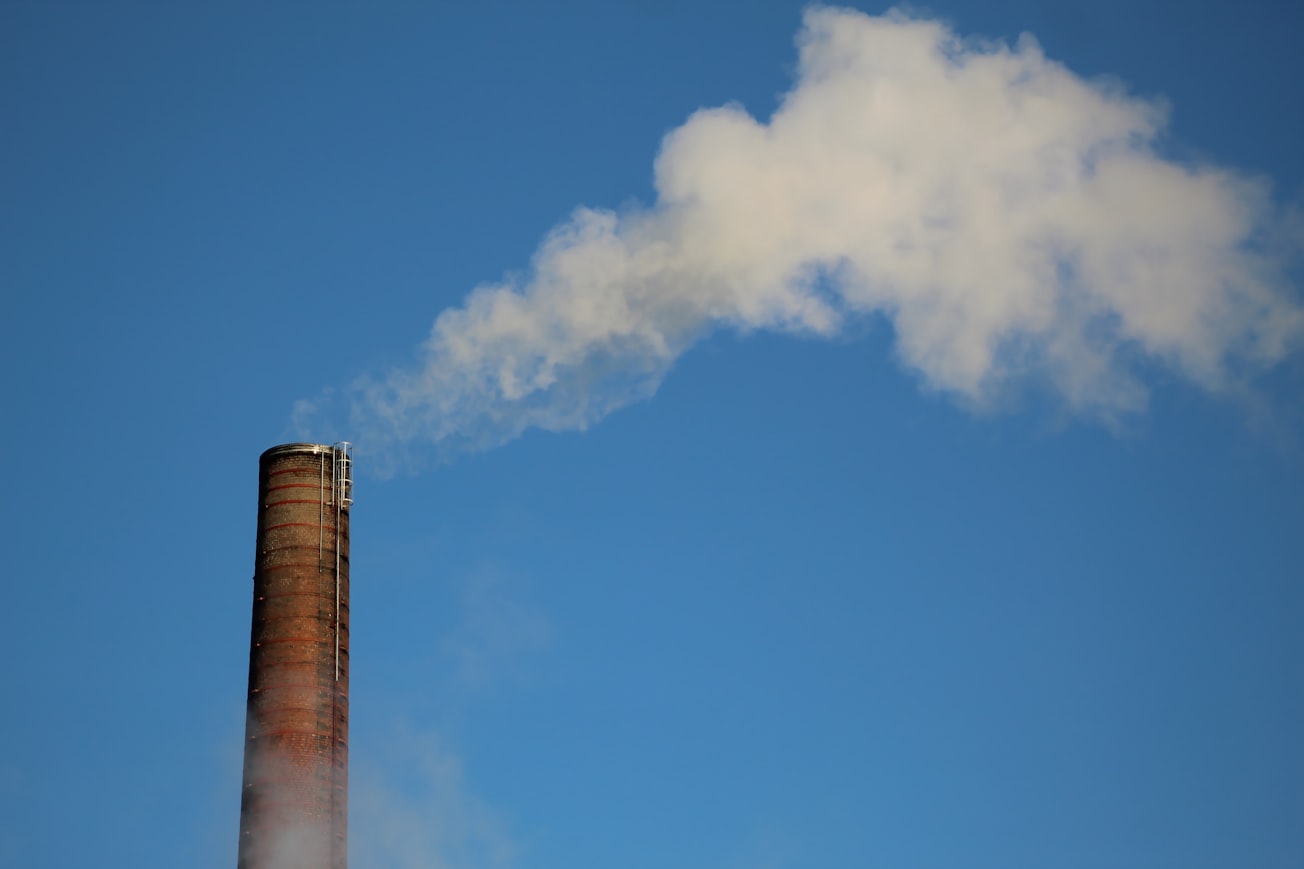What is it about?
‘Aerosols’ are a mist, of either tiny drops of liquid, or solid particles. Sometimes they are natural, like fog. Sometimes they are the result of human activity, like smoke. When we burn fossil fuels, we produce sulfur dioxide, which reacts with water vapor and other gases to create ‘sulfate aerosols’. Sulfate aerosols are also produced by volcanic eruptions. This is an important project from the late 1990s. Scientists looked at how sulfate aerosols and rising levels of carbon dioxide affect our climate. They used a computer program to simulate climate conditions, from around 1860 to around 2050. First, they looked at how things like temperature would be affected by rising levels of carbon dioxide. Then they looked at how this would be further affected by rising levels of sulfate aerosols.
Featured Image

Photo by Anne Nygård on Unsplash
Why is it important?
Scientists had already worked out that increased levels of carbon dioxide cause temperatures to get warmer. This project showed that, in winter, sulfate aerosols *reduce* the warming effect of carbon dioxide. On the one hand, this looks positive – sulfate aerosols seem to be reversing the effect of greenhouse gases. In reality, they are temporarily masking the effects of the carbon dioxide. But the effects of the sulfate aerosols wear off relatively soon after they are produced, whereas carbon dioxide has a lifetime of around one hundred years. KEY TAKEAWAY: Scientists in the 1990s found that sulfate aerosols (particles produced while burning fossil fuels) could be masking the seriousness of global warming. Sulfate aerosols counteract the effects of carbon dioxide, during winter at least – but only in the short term. They do not last in the same way as carbon dioxide, so they do not help in the long term.
Read the Original
This page is a summary of: On Modification of Global Warming by Sulfate Aerosols, Journal of Climate, February 1997, American Meteorological Society,
DOI: 10.1175/1520-0442(1997)0102.0.co;2.
You can read the full text:
Resources
The ‘missing source’: nitrous oxide and the greenhouse effect
There is more nitramide in the earth’s atmosphere than we realized. It may be the ‘missing’ source of high levels of nitrous oxide, which is one of the gases causing global warming.
What can we do to reduce carbon dioxide in the atmosphere? One option – get the ocean to soak it up.
One of the options scientists are exploring is whether to add other substances to sea water so that our oceans can soak up more carbon dioxide. They are working out how well this would work, compared to other options for tackling climate change.
Contributors
Be the first to contribute to this page










